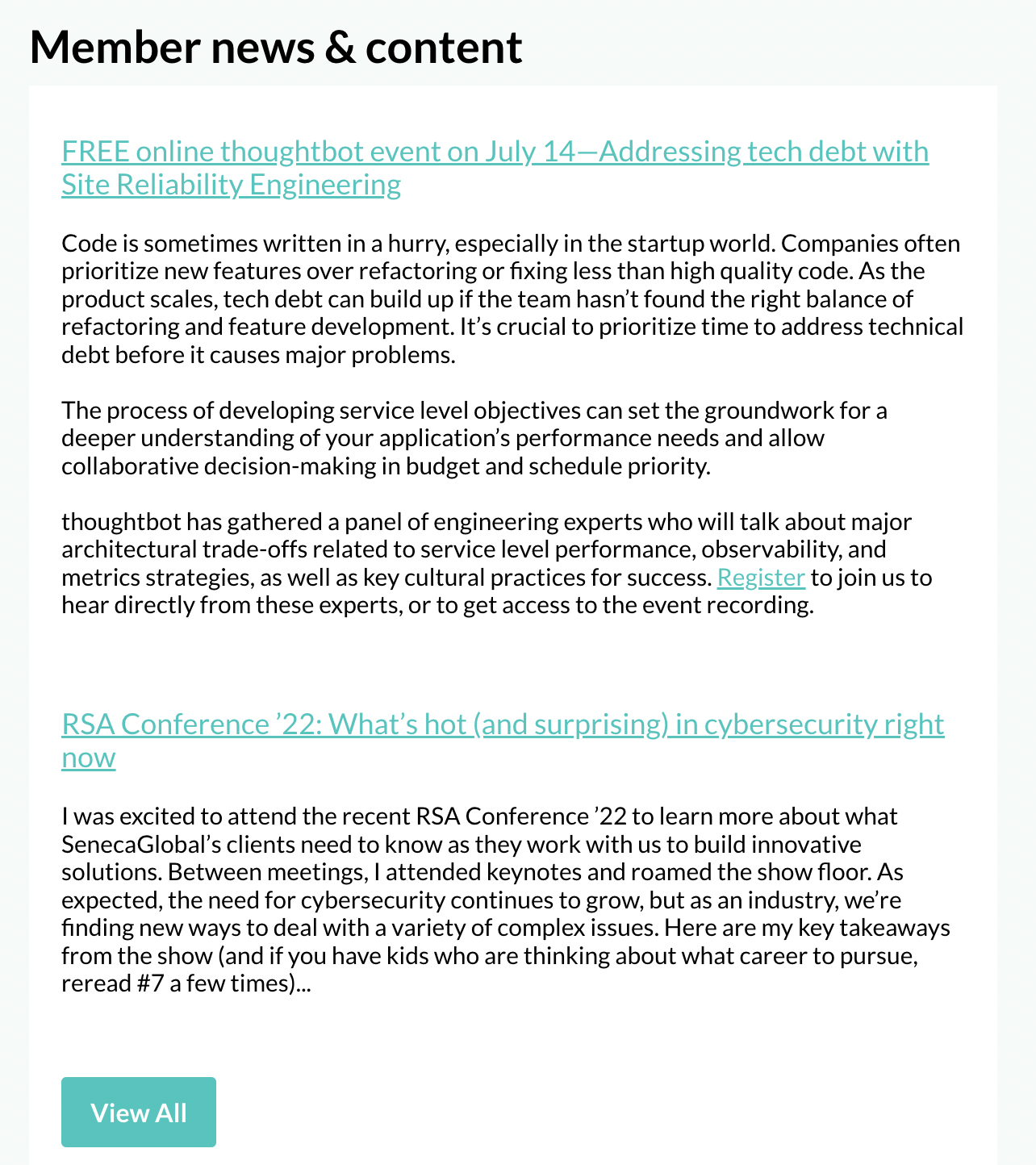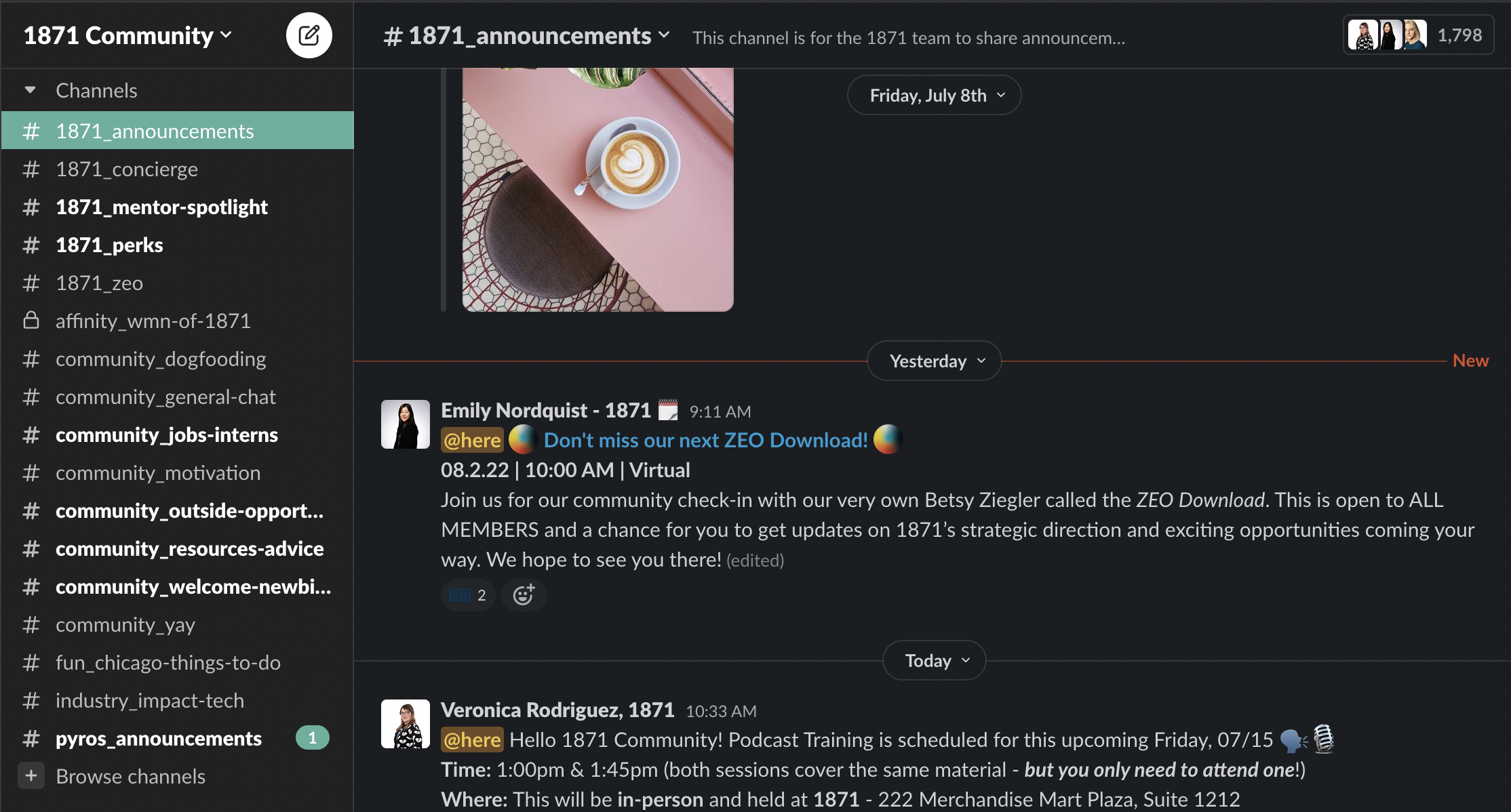As many of our clients know, the employment-based Green Card process can take years. Because of the lengthiness of this process, things often change between the initial PERM filing date and the time when the priority date is finally current. In particular, changing jobs or employers can have a significant impact on Green Card processing. This article will explain some common scenarios pertaining to employer changes, with an emphasis on timing considerations and maintenance of status issues for H-1B holders.
Employer Change after I-140 Approval Stage / I-485 Not Yet Filed:
Under the 2017 Final Rule (“Retention of EB-1, EB-2, and EB-3 Immigrant Workers and Program Improvements Affecting High-Skilled Nonimmigrant Workers”), the beneficiary of an approved I-140 may retain its priority date even if the employer later withdraws it. However, the timing matters. The priority date may only be retained if the I-140 is withdrawn 180 days or more after the approval date.
Therefore, if you are in the Green Card process and you change employers after the I-140 has been approved for 180 days or longer, you can retain your priority date and continue the Green Card process with your new employer. The new employer will have to file a PERM and a new I-140, but the priority date on the new I-140 would be the same as the previous I-140, since it can be retained in these circumstances.
Employer Change after I-140 Approval, I-485 Pending Stage:
In the past, changing jobs or employers after I-140 approval while the I-485 was already pending meant that the foreign worker had to obtain a new I-140 and start the process again (although the priority date could usually be ported). The 2017 Final Rule clarified some of the AC-21 provisions and permits Green Card applicants who change jobs/employers to continue to use their previously approved I-140 petition, as long as their I-485 application has been pending for at least 180 days and the new job is in the same or similar occupational classification as the job on the approved I-140. In this scenario, the I-485 applicant will simply have to include a Form I-485 Supplemental J with supporting evidence that the new job meets the portability requirements (rather than obtain a new I-140 approval). Sometimes USCIS will issue a Request for Evidence for the Supplemental J during the pendency of the application. Otherwise, the applicant will just bring it to the I-485 interview date.
Employer Change after I-140 Approval, I-485 Not Yet Filed, but Priority Date is Current:
An interesting situation can arise where you have changed employers after I-140 approval, prior to I-485 filing, but yet to start the process with your new employer. This is particularly complex if you are working on an H-1B visa and your priority date becomes current.
Under AC-21, an H-1B employee can continue to extend H-1B status beyond the 6-year maximum in three-year increments if they are the beneficiary of an approved I-140 and a visa is not available to the beneficiary at the time of filing the H-1B (meaning the priority date is not yet current).
There is another exception under AC-21, which allows you to extend H-1B status beyond the 6-year maximum, in one-year increments, if the I-485 has been filed and remains pending. To qualify for the lengthy adjudication delay exemption, the I-485 must have been filed within one year of the priority date being current.
The problem arises when an H-1B holder has an approved I-140 and their I-485 has not yet been filed, even though their priority date is current. This arises most often where the employee has changed employers but not yet started the PERM and I-140 process with the new employer. In these instances, USCIS can deny the H-1B on the basis that neither of the above explained exceptions apply. This is important to bear in mind, as the timing of the change in employers can affect not only your Green Card process, but also your H-1B status.
If you think your priority date will soon be current and you need to extend your H-1B status beyond the 6-year maximum, this is something to bear in mind when making decisions about changing jobs. In this scenario, it may be best to avoid changing employers until after the I-485 is filed, when you can simply submit a Supplemental J rather than start the process all over. When changing employers, it is important to consider not only your Green Card process, but also impacts on your H-1B status.
Conclusion:
In sum, employment-based Green Card processing can be particularly complex and confusing. The lengthy process means often applicants will experience job and employer changes during this time (some voluntary, some beyond their control), adding to the complexity. ILBSG strongly encourages clients to always seek counsel before making these kinds of decisions, to avoid any issues down the road.
If you have questions about employment-based Green Card processing, H-1B implications, or employer changes, please reach out to an ILBSG attorney today.
Originally published here.
Join as an 1871 Early Stage Member.
Attend info sessionSubscribe to our ICYMI newsletter.
Share this post:


